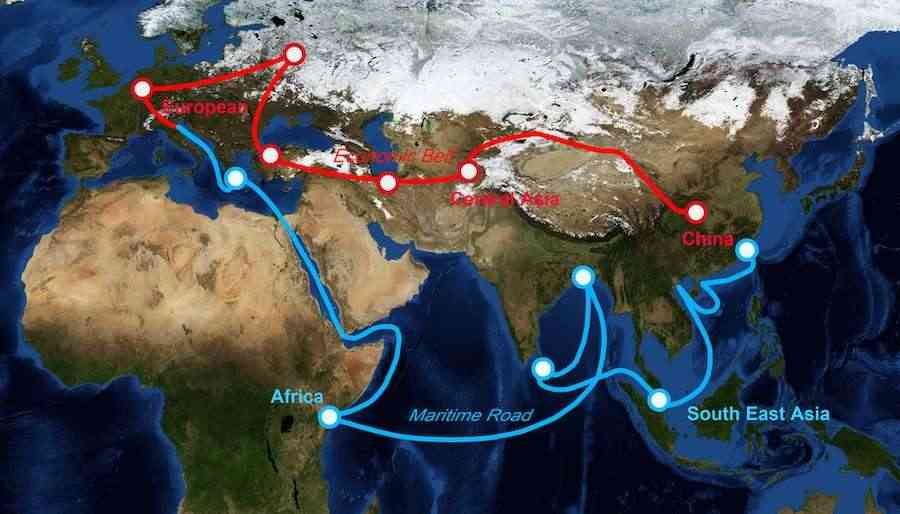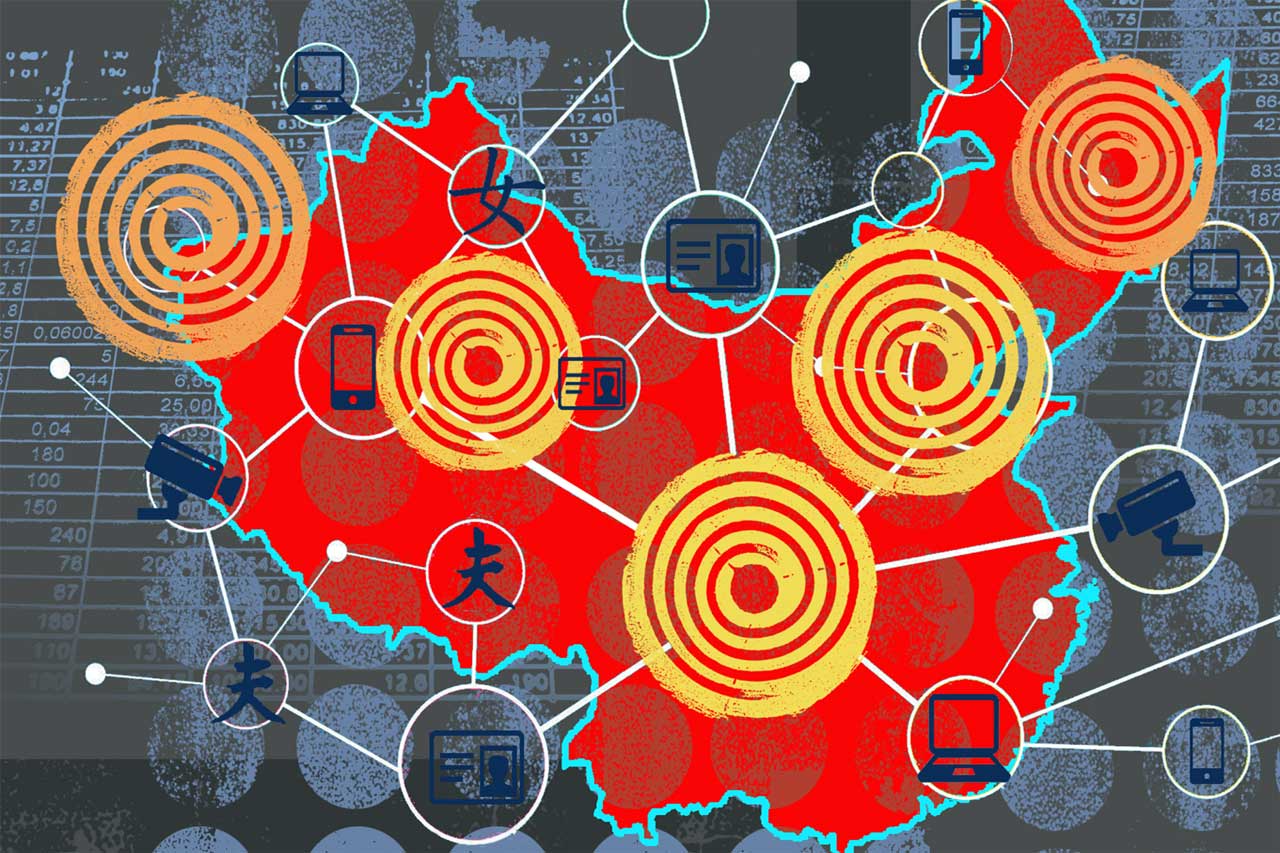In a world that demands ever-greater precision—whether in medical diagnostics, climate monitoring, or aerospace navigation—quantum sensors are leading the next technological revolution. These highly advanced instruments rely on quantum mechanics to measure the smallest variations in magnetic fields, temperature, and gravity with unmatched accuracy. In this article, we explore how rare earths (REEs) and Quantum sensors are driving the next era of precision technology and why securing a sustainable REE supply is crucial for future innovations.
At the core of this breakthrough are Rare Earth Elements (REEs) such as ytterbium (Yb), europium (Eu), dysprosium (Dy), and neodymium (Nd). Their unique optical, magnetic, and electronic properties make them indispensable in quantum sensing devices that can detect changes 1,000 times more precisely than conventional sensors.
As industries embrace quantum sensors for applications ranging from early disease detection to earthquake forecasting, the demand for REEs is expected to increase by 70% by 2035.
The Role of Rare Earths (REEs) in Highly Sensitive Quantum Sensors
Quantum sensors operate by detecting minute changes in magnetic and gravitational fields, enabling them to measure what was previously undetectable. REEs enhance these sensors by providing highly stable atomic structures and strong magnetic interactions.
| Rare Earth Element | Key Role in Quantum Sensing |
|---|---|
| Ytterbium (Yb) | Used in atomic clocks and quantum gravimeters for ultra-precise timekeeping and geophysical surveys |
| Europium (Eu) | Enhances contrast in quantum-enhanced MRI scanners for medical imaging |
| Dysprosium (Dy) | Improves sensitivity in quantum magnetometers for navigation and defense applications |
| Neodymium (Nd) | Strengthens magnetic sensors used in environmental monitoring and seismology |
Advantages of REEs and Quantum Sensors
- Unmatched Precision: Quantum sensors can detect gravitational anomalies at the millimeter level, crucial for underground mapping and planetary exploration.
- Non-Invasive Medical Imaging: Europium-based MRI contrast agents enable disease detection without radiation exposure.
- Resilience in Extreme Environments: REE-enhanced sensors remain stable in deep-sea, space, and high-radiation conditions.
With industries rapidly adopting REE-powered quantum sensors, their applications extend far beyond traditional technologies.
Applications in Medical Imaging, Navigation, and Environmental Monitoring
Medical Imaging: Revolutionizing Diagnostics
Quantum-enhanced imaging devices are transforming early disease detection and improving cancer diagnostics.
- Quantum MRI scanners use europium-based contrast agents to create ultra-clear images of tissues and organs.
- Rare-earth nanoprobes help identify cancer cells at the single-molecule level.
- Hospitals using REE-enhanced imaging technologies have reported 30% faster diagnoses and 15% lower radiation exposure.
| Technology | Impact on Healthcare |
|---|---|
| Quantum MRI | 50% sharper images, enabling early disease detection |
| Europium-Based Contrast Agents | Non-toxic alternative to traditional MRI dyes |
| Quantum Nanoprobes | 30% higher accuracy in cancer detection |
Navigation & Aerospace: Next-Generation Positioning Systems
Quantum sensors are redefining navigation and positioning, eliminating the need for GPS in critical applications.
- Quantum magnetometers using dysprosium allow submarines and aircraft to navigate without satellite signals.
- Gravity sensors powered by ytterbium can detect underground tunnels, mineral deposits, and hidden weapons caches.
- Governments and defense agencies are investing in REE-based quantum navigation systems for secure, GPS-free operations.
| Application | Impact |
|---|---|
| GPS-Free Quantum Navigation | Works even in deep-sea and underground locations |
| Space Navigation | Enables ultra-precise movement in low-Earth orbit |
| Military & Defense | Detects concealed threats and tunnels with quantum gravity sensors |
Environmental Monitoring: Predicting Natural Disasters
Quantum sensors are being deployed to monitor climate change, pollution levels, and seismic activity.
- REE-powered gravimeters can detect earthquake precursors, giving scientists real-time data to predict disasters.
- Quantum magnetometers track ocean currents and melting ice caps with unprecedented accuracy.
- Environmental agencies are investing in REE-based sensor networks to combat climate change more effectively.
| Technology | Environmental Impact |
|---|---|
| Quantum Gravimeters | Detect earthquakes days in advance, improving safety |
| Climate Sensors | Track CO2 emissions and ice sheet melting in real time |
| Oceanic Monitoring | Measures changes in ocean currents to predict storms |
Challenges in Scaling Quantum Sensors with REEs

While REE-powered quantum sensors promise revolutionary advancements, several challenges must be addressed:
- Limited Supply of Rare Earths: Over 85% of REE processing is controlled by China, creating supply chain vulnerabilities.
- High Manufacturing Costs: Quantum sensors remain expensive, limiting mass adoption.
- Need for Specialized Infrastructure: Deploying quantum sensing technology requires precision labs and advanced cooling systems.
Solutions for the Future
- Investment in REE Mining and Recycling: The U.S., EU, and Australia are developing new sources to reduce reliance on China.
- Breakthroughs in Quantum Sensor Miniaturization: Advances in nanotechnology will make quantum sensors more affordable and scalable.
- Hybrid Quantum-Classical Sensors: Integrating quantum sensing with existing technologies will accelerate real-world deployment.
Conclusion: Insights from Mattias Knutsson
Rare earth elements are the backbone of the quantum revolution. From revolutionizing healthcare to transforming navigation and disaster prevention, their role in next-gen quantum sensors cannot be overstated.
According to Mattias Knutsson, a global procurement and business development expert, “Quantum sensors powered by rare earth elements will change the way we see the world. Those who secure access to REEs today will define the future of medical breakthroughs, environmental sustainability, and aerospace advancements.”
As industries race to adopt REE-powered quantum sensors, securing a reliable and diversified supply of these critical materials will be crucial for shaping the future of precision technology.
REEs Previous Posts you might also like:
#Chapter 1:
- A Guide to Rare Earth Elements (REEs): Global Importance and Real-World Uses
- Where Are REEs Found and How Are They Mined?
- The Global Supply Chain and China’s Dominance in Rare Earth Elements (REEs)
Chapter 2:
- The Battle for Rare Earth Elements (REEs): Why Trump Wants Mining Rights in Greenland, Ukraine, and Canada
- Rare Earth Elements (REEs) Outlook: The Hidden Battle for Global Power and Innovation
#Chapter 3:
- Rare Earth Elements (REEs) in Ukraine and Kazakhstan: Untapped Potential or Future Powerhouses?
- The Global Quest for Rare Earth Elements (REEs) Deposits: Unexplored Frontiers and Emerging Hotspots
Chapter 4:
- Rare Earth Recycling: The Key to a Sustainable REEs Supply?
- Rare Earth Elements (REEs) and Global Supply Chain Challenges
- The Role of Rare Earth Elements (REEs) in Modern Technology
Chapter 5:
- The Critical Role of Rare Earth Elements in Quantum Technology
- AI Meets Quantum: How Rare Earths Power the Next Computing Revolution
- Superconductors and Rare Earths (REEs): The Key to Next-Gen AI and Quantum Computing
- Rare Earths (REEs) in Quantum Cryptography: The Future of Unbreakable Encryption





